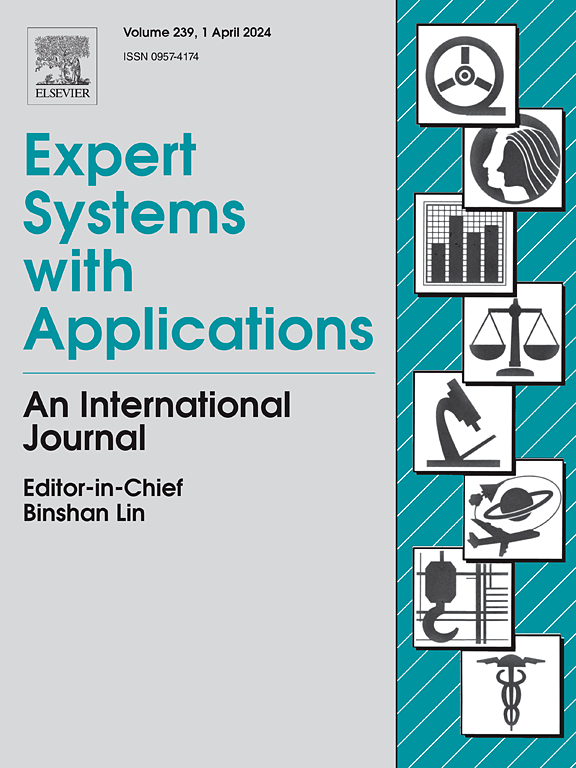Class-agnostic adaptive feature adaptation method for anomaly detection of aero-engine blade
IF 7.5
1区 计算机科学
Q1 COMPUTER SCIENCE, ARTIFICIAL INTELLIGENCE
引用次数: 0
Abstract
Regular borescope inspection of aero-engine blades is crucial to ensure the safe operation of the aero-engine. To address the problem of unavailable defective blade images, this paper focuses on the intelligent borescope inspection method based on anomaly detection. Previous anomaly detection methods rely on the features pre-trained on the natural images. Since there is a large domain gap between natural images and blade images, the discriminativeness of pre-trained features is suboptimal. To alleviate this problem, current methods adapt the pre-trained features based on the prior assumption of the class number of normal data. In real scenarios, since the class number of normal data is commonly unknown, previous adaptation methods fail in some cases. In this paper, we propose a class-agnostic feature adaptation method () to solve the above problem. The key insight is to utilize the neighbor relationship of each pre-trained feature to adaptively cluster towards the center of the k nearest neighbor samples. We conduct the experiment under multiple known classes. The results show that achieves a consistent improvement under different class numbers of normal data. The engineering experiment on anomaly detection of aero-engine blades shows a decent anomaly detection performance of . Code and dataset are available at https://github.com/changniu54/CA2.
求助全文
约1分钟内获得全文
求助全文
来源期刊

Expert Systems with Applications
工程技术-工程:电子与电气
CiteScore
13.80
自引率
10.60%
发文量
2045
审稿时长
8.7 months
期刊介绍:
Expert Systems With Applications is an international journal dedicated to the exchange of information on expert and intelligent systems used globally in industry, government, and universities. The journal emphasizes original papers covering the design, development, testing, implementation, and management of these systems, offering practical guidelines. It spans various sectors such as finance, engineering, marketing, law, project management, information management, medicine, and more. The journal also welcomes papers on multi-agent systems, knowledge management, neural networks, knowledge discovery, data mining, and other related areas, excluding applications to military/defense systems.
 求助内容:
求助内容: 应助结果提醒方式:
应助结果提醒方式:


